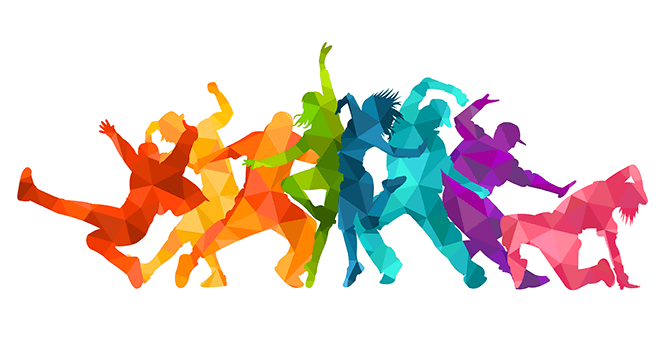April 19, 2021
Dancing Increases Cognitive Acuity

By Ram Rao, Ph.D., Principal Research Scientist for Apollo Health
Alzheimer’s disease (AD) is accompanied by structural and functional changes in specific areas of the brain, including a decrease in brain tissue, a reduction in blood flow, and a decline in communication between brain cells. All these changes can interfere with cognitive functioning, especially learning and memory. Previous studies have suggested that physical activity delays age and dementia-associated cognitive decline. Several studies have linked regular moderate-to-high-intensity exercise to a slower decline in memory and thinking skills. Another activity that is associated with immense benefits, especially for people with AD, is dancing. Several studies confirm that dancing can ward off AD and other neurodegenerative conditions by strengthening and stimulating the brain in the same way that physical exercise keeps the body fit.
The results of one such study add to the growing evidence that dancing improves health span, reduces stress, promotes a sense of well-being, and increases cognitive acuity. The study, which included 52 healthy adults aged 63 to 80, involved random assignment of the subjects to one of two groups for 18 months. One group was required to participate in a 90-minute dancing lesson each week for 18 months, while the other group engaged in 90 minutes of strength endurance training each week. The researchers noted that while the dance movements and strength endurance training involved a lot of physical activity, there was a major difference in both activities; the dance group faced new routines every week with constantly changing dance routines of different genres. Steps, arm patterns, formations, speed, and rhythms were changed every week to keep the subjects in a constant mental learning process. Thus, unlike strength endurance training, the most challenging aspect of the dance training required the subjects to recall the dance steps and routines in a timely manner without any cues from the instructor.
At the study baseline and at the end of the 18-month exercise intervention, each participant underwent magnetic resonance imaging (MRI) of the brain. Additionally, the subjects’ balance capabilities before and after intervention were also evaluated. The researchers found that while both groups demonstrated an increase in hippocampal volume, the dancers showed the greatest increase. Interestingly, however, only dancers showed an increase in neuronal connections in the dentate gyrus of the hippocampus, which is associated with memory formation. Furthermore, the team found that dancing also led to significant improvements in the participants’ balance, while the strength-endurance training group experienced no such benefit.
Other studies have also confirmed that dancing as an activity involves continuous learning, which improves the kinesthetic, rational, musical, and emotional aspects of the brain and ultimately promotes neural connectivity. While all forms of dance reduce stress, improve cardiovascular health, and stimulate social connectivity, some dance forms have an advantage over others when it comes to boosting cognitive acuity. Any dance that involves continuous split-second changes in steps and complicated moves will increase mental acuity compared to a dance sequence that merely retraces the same memorized paths. The more decision-making you bring into your dance, the better it is for your brain and body.
For more information about Alzheimer’s disease and lifestyle interventions to improve memory and cognition, see our solutions page.




